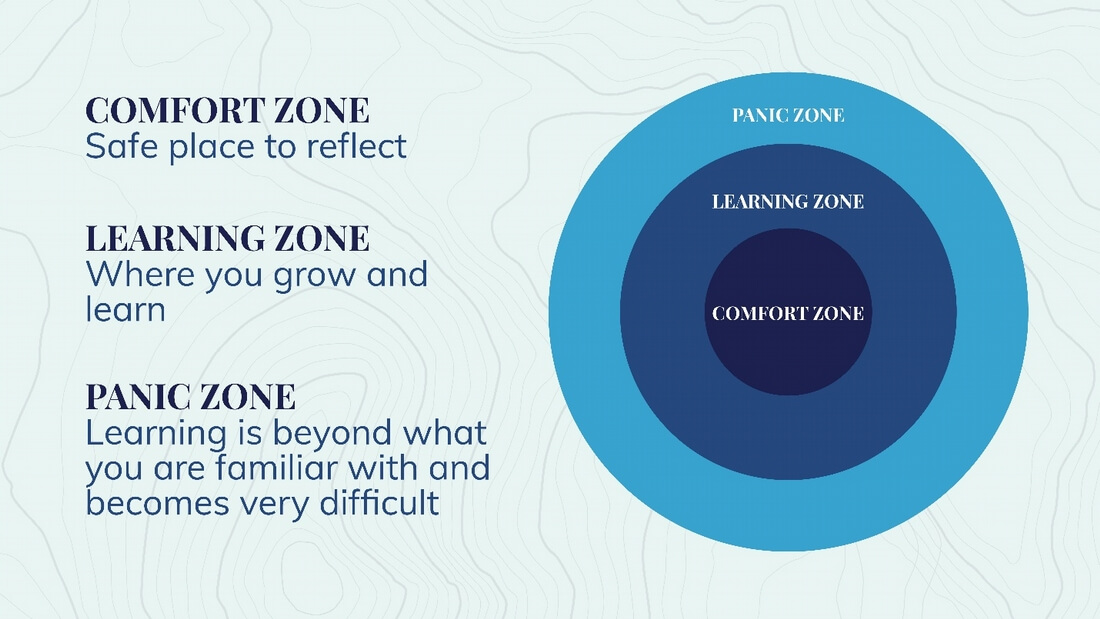Four Keys to Creating a Strong, High-Performing Culture in Your Organization
We have all heard the saying, “Culture eats strategy for lunch.” More precisely, an engaged, high-performing culture naturally drives the successful execution of strategy. The power of a strong organizational culture should not be underestimated. Weak cultural structures can lead to less productivity, poor customer relations and lower profits. A cohesive organizational culture, on the other hand, will help you attract and retain top talent, keep your employees engaged and aligned with your mission, and, ultimately, improve your bottom line. Simply put, much of your organization’s success depends upon its culture.
So, how do you build a dynamic, engaged and high-performing culture that propels employees to become your best ambassadors?
To create a strong culture that will improve your organization’s overall performance, the structure you develop must be well-defined, consistently communicated, supportive, and widely adopted. The dedicated implementation of a cultural framework and an eye for continuous improvement are important drivers of business success.
"Develop a trust mindset with your staff by making sure your behavior matches what you are telling them about company culture."
Start with Purpose
The first step in creating a strong culture is to understand your “why”. You need a strong sense of mission, purpose and process in place before you start developing organizational culture–without it, the initiative will veer off track. Moreover, everyone at your company must speak the same organizational language. Establishing a common set of values and standards that are understood and upheld by everyone–at every level–of your organization is key to creating a strong, cohesive culture.
Once your company identity is defined and you have developed a distinct organizational ethos, it’s time to put supports in place to ensure that the framework you built will remain strong and stable. “Scaffolding” refers to the structures you put in place to make sure your employees feel recognized and supported. Words of encouragement, team-building activities, mentorships, professional development opportunities, and employee recognition are all types of organizational scaffolding that bolster and strengthen your company culture.
Communicate Consistently
Now that you have developed the framework of your organizational culture, it’s time to spread the word. Explicit communication of your mission and overall ethos to your entire team is critical to ensure that your workforce knows you are building a culture that values and supports them.
But saying it once is not enough. Consistent messaging of what your culture is all about is needed to achieve true buy-in. Redundancy in your communication is the most effective way to ensure that your message is being heard, digested and supported. In marketing, the Rule of 7 suggests that a message needs to be communicated at least seven times before it is truly discerned by a client or prospect. The same goes for internal communication. Message repetition may seem monotonous, but it is the best way to bolster a strong sense of culture in your workforce.
Routine communication that highlights your company’s commitment to a strong culture will lead to consensus support of this initiative by employees. Examination of organizational culture should be a recurring item on meeting agendas, and positive contributions to workplace culture should be recognized and rewarded. Screen for character as well as skill when hiring new employees, and make culture contribution a factor during performance reviews. Implementing culture improvement initiatives will show a commitment to continuous improvement and make your employees feel like you are meeting their needs.
Know Your Zones
Twenty years ago, my former boss introduced me to the concept of “learning zones.” He shared that nearly all team members fall into three zones: the Comfort Zone, the Fear Zone, or the Learning Zone. This Learning Zone Model, originally developed by psychologist Lev Vygotsky, identifies the best learning environment as one that strikes a balance between comfort and challenge.
The Comfort Zone offers a safe space to perform well, define boundaries, and have a chance to rest, recharge and reflect. It’s not a bad place to be but staying too comfortable all the time can limit opportunities for growth.
In the Fear (or Panic) Zone, you move beyond the familiar to an uncomfortable place. This creates a stressful and demotivating environment that is counterintuitive to learning and development.
The sweet spot is the Learning Zone (also known as the Growth Zone). This is the place where your boundaries are pushed just enough for you to step outside the Comfort Zone, but not so far where it induces the stress and panic that exist within the Fear Zone. It’s the place where pressure and challenging situations, instead of intimidating you, push you to grow and develop new skills. When you are in the Learning Zone, you are the most productive version of yourself. My old boss encouraged me to “get comfortable with being uncomfortable,” which was another way of guiding me into the Learning Zone.
As an organization, your culture should support experimentation, trust and collaboration. It should provide adequate support and guidance to help people to learn, push their boundaries and develop or improve upon skillsets in a way that feels safe and accessible. Professional development and support in the Learning Zone will facilitate a company culture rooted in trust and aimed at individual and organizational growth.

Live and Breathe Your Culture
Hold everyone, especially yourself and your leadership, accountable for modeling your company’s core values and culture. Social Learning is a theory that suggests that people learn behaviors by observing others. In the context of company culture, leaders that consistently practice what they preach will see their actions and attitudes imitated by their staff. Develop a trust mindset with your staff by making sure your behavior matches what you are telling them about company culture.
Ask tough questions about your commitment to a strong company culture and answer them honestly.
- Do you consistently communicate your mission and values to your entire organization?
- Do you offer your employees opportunities and support to grow professionally?
- Do you recognize and celebrate wins at an individual and organizational level?
- Do you participate in team-building activities and company events?
- Are you open to feedback?
Completing this assessment regularly enables you to make thoughtful adjustments and keeps company culture at the forefront of your business strategy.
Business Partner Takeaway
Every organization’s culture is unique. A strong culture is one that remains true to your company’s core mission and values. It must be well-defined, consistently communicated, supportive, and widely adopted. When this happens, your employees will become your best ambassadors and company culture will drive business success. CultureWise Founder and CEO David Friedman said it best, “Good companies have good cultures by chance. Great companies have great cultures by design.”
Connect with us to learn more about how developing a strong, high-performing organizational culture can trigger business growth and development.





